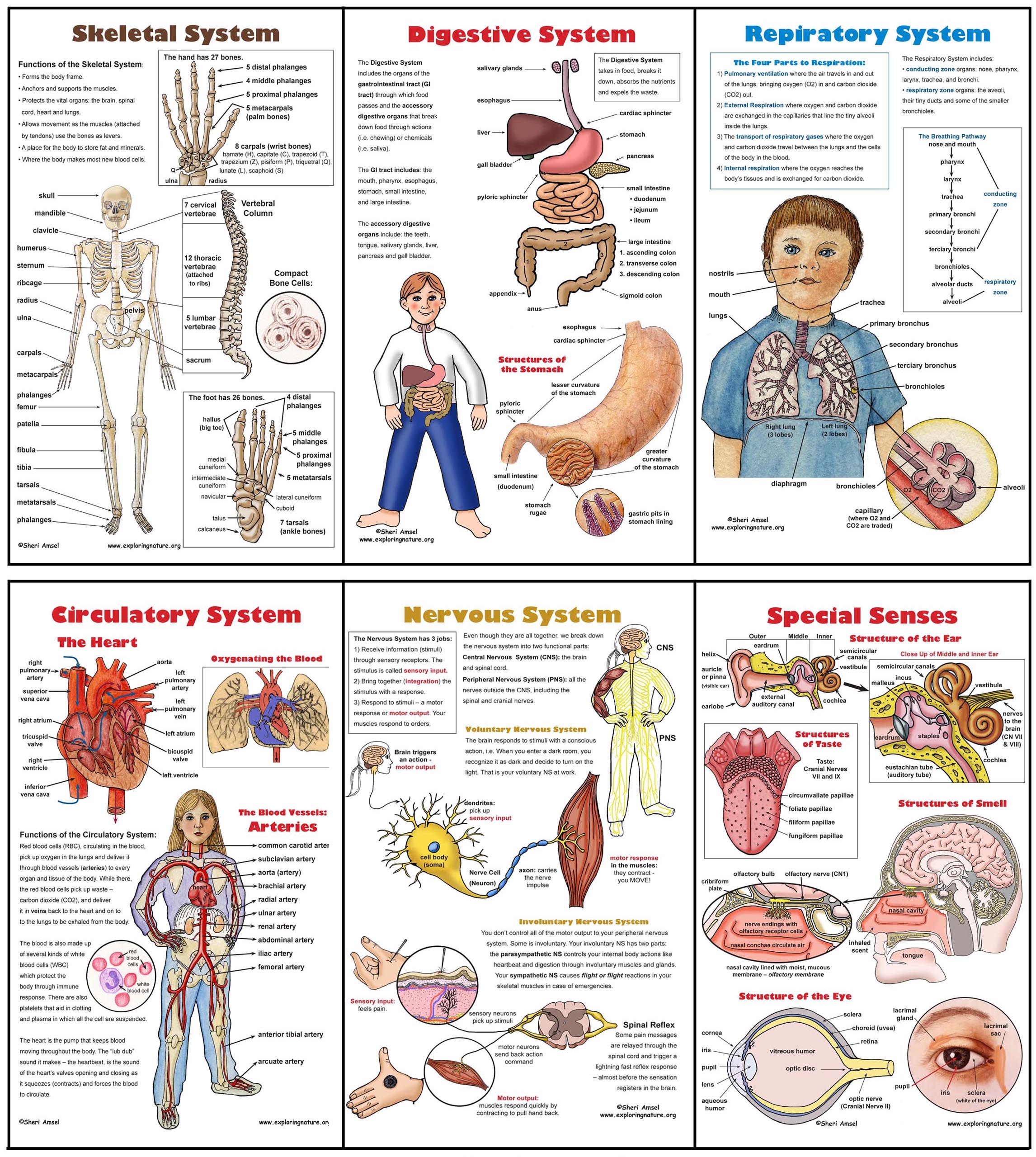
The heart is an organ located in the thoracic cavity between the lungs and slightly to the left. Lining cells regulate what can and can not pass through them, protect internal structures, and function as sensory surfaces. Endothelial cells are cells that line internal cavities including blood vessels and glands. Ĭells that lie on surfaces exposed to the outside world or gastrointestinal tract ( epithelia) or internal cavities ( endothelium) come in numerous shapes and forms – from single layers of flat cells, to cells with small beating hair-like cilia in the lungs, to column-like cells that line the stomach. These are lining cells ( epithelia), connective tissue, nerve tissue and muscle tissue. The body consists of four main types of tissues. The study of tissues is called histology and often occurs with a microscope. The body consists of many different types of tissue, defined as cells that act with a specialised function. Human Body 101, National Geographic, 5:10 However, not all cells have DNA some cells such as mature red blood cells lose their nucleus as they mature. Proteins dictate cell function and gene expression, a cell is able to self-regulate by the amount of proteins produced. The RNA is then used to create proteins which form the basis for cells, their activity, and their products. Here, parts of DNA are copied and sent to the body of the cell via RNA.

Cells Ĭells in the body function because of DNA. The main electrolytes in body water outside cells are sodium and chloride, whereas within cells it is potassium and other phosphates. The content, acidity and composition of the water inside and outside cells is carefully maintained. This is made up of about 19 litres (4.2 imp gal 5.0 US gal) of extracellular fluid including about 3.2 litres (0.70 imp gal 0.85 US gal) of blood plasma and about 8.4 litres (1.8 imp gal 2.2 US gal) of interstitial fluid, and about 23 litres (5.1 imp gal 6.1 US gal) of fluid inside cells. The adult male body is about 60% water for a total water content of some 42 litres (9.2 imp gal 11 US gal). These elements reside in trillions of cells and non-cellular components of the body. The human body is composed of elements including hydrogen, oxygen, carbon, calcium and phosphorus.

Trace elements are less than 1% combined (and each less than 0.1%). Main article: Composition of the human body Elements of the human body by mass. The body is studied by health professionals, physiologists, anatomists, and artists to assist them in their work.

Many systems and mechanisms interact in order to maintain homeostasis, with safe levels of substances such as sugar and oxygen in the blood. Physiology focuses on the systems and organs of the human body and their functions. The body varies anatomically in known ways. The study of the human body involves anatomy, physiology, histology and embryology. It comprises a head, hair, neck, torso (which includes the thorax and abdomen), arms and hands, legs and feet. They ensure homeostasis and the viability of the human body. It is composed of many different types of cells that together create tissues and subsequently organ systems. The human body is the structure of a human being.

Naturally-occurring pubic, body, and facial hair has been deliberately removed to show anatomy. For the textbook, see Gray's Anatomy.įemale (left) and male (right) adult human bodies photographed in ventral (above) and dorsal (below) perspectives. "Anatomy of the human body" redirects here.


 0 kommentar(er)
0 kommentar(er)
